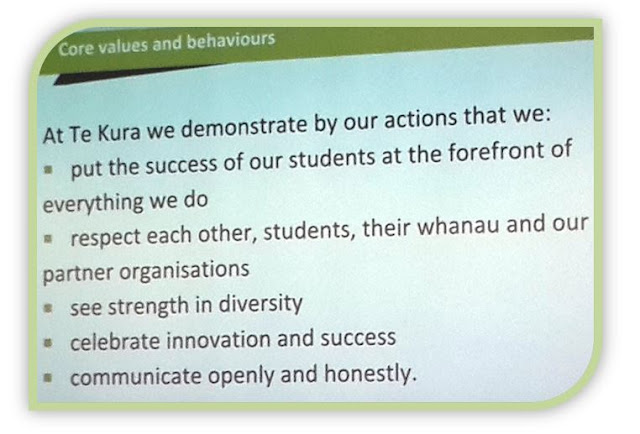Two goals for extending my professional connections
Benefits
and Challenges of working in an interdisciplinary environment
A few years
ago, Te Kura undertook a project to integrate the learning of Year 7 to 10 in
which I participated from the Technology area with members from other teams. The
context was theme based for example “Fire” then all areas met and did a scoping
of the learning whilst taking the context to his broadest sense thus opening up
the experience of the learner. We tried to overlap and make connections in our
areas of learning so that students felt a flow and scaffold as opposed to a
series of disjointed tasks combined together without thought. In the process we
also had to ensure that the key competencies, values and achievement objective
of the NZ Curriculum was being met- Yes ERO always at the back of our minds!
However in saying that it is always sound practice to expose students to a
variety and our Curriculum is perfect for that.
Benefits
- Making connection of different disciplines for learners
- Exposing them to a range of contexts
- Ability to be creative as this was project or inquiry based learning styles
- Opportunities to collaborate with other learners on Skype or Hangouts
- Self-directed learning and opportunity to choose the project to undertake based on the needs of the family, community, resources available or country of residence at that point
- More interaction of staff with students as lots of different project being undertaken and a new way of learning for students
- Better relationship and dialogue amongst staff involved
- Less assessment in the end but more interaction and deeper learning for students as when it is self-directed they were motivated to dig deeper and wider
Challenges
- Unknown outcomes- will it work or not
- Acceptance from families and students for this model of learning
- Internal structuring of systems, delays in production, copyright of images
- Reluctance of other teaching staff –changing mindset
- Initially it was like a stab in the dark as it was a new concept so how do we develop resources? How do we structure activities?
- Reading this resource refreshed all the experiences and challenges we faced at that time so if you wish to undertake this model, do read this article.
- Watching this movie could be a way forward for parents and staff as it outlines critical 21st century teaching and learning issues for all parties concerned in education.









